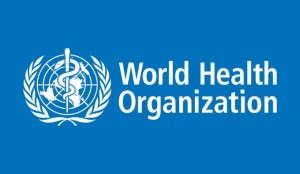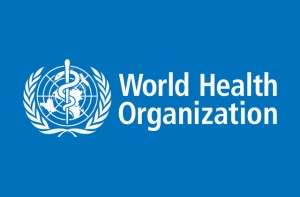Freetown – 11 October 2014 – The Ebola virus disease outbreak in Sierra Leone is continuing to accelerate with a total of 2950 cases reported by October 8, and hundreds of new infections identified each week. With so many critically ill people to care for, treatment centres are currently overwhelmed and struggling to meet demand.
The goal shared by the Government of Sierra Leone and partners working to overcome Ebola is to increase the number of beds in Ebola treatment units as rapidly but also as safely as possible. This takes time as facilities must be constructed or redesigned to reduce the risk of health care worker infection and increase patient safety. Already 123 health care workers have developed Ebola virus disease and, tragically, 97 of them have died.
To shorten waiting times and provide care closer to home, community Ebola care units are now being put in place in the communities most heavily affected. These have an average of eight beds per centre and are staffed by health care workers and members of the community trained in infection control. They give Ebola care such as oral rehydration salts and medicines to relieve symptoms and treat other common causes of fever such as malaria. Current plans for building Ebola care units will add an extra 1000 beds for people ill with Ebola virus disease.
Anyone with Ebola virus disease needs access to good care as quickly as possible. However, while waiting for the ambulance or for a bed to be free in the nearest treatment unit, it is essential that family members and others caring for the sick person understand how to protect themselves from infection.
To enable household members to stay safe while waiting, “interim recommendations for protection of households” have been developed and approved by the Sierra Leone Emergency Operations Committee (EOC)
In summary these state that:
- Taking care of the patient suspected to have EVD at home is NOT recommended; all efforts should be made to safely transport patients to an appropriate Ebola care facility.
- To reduce risk of infection of other family members, the following general recommendations should be followed:
- The patient should be asked to restrict movement to one room or area in the house and should avoid leaving it, if possible.
- Where possible, the patient should be asked to use one toilet that other household members do not use. If a separate toilet is not available, the patient can use a separate waste bucket, followed by proper decontamination with strong chlorine solution. Avoid direct contact with other family members.
- If care must be given to the patient, only one family member should be designated to provide the care.
- Caregivers should wear gloves or use towels soaked in weak chlorine solution whenever they touch the patient, personal items belonging to the patient (e.g., clothing, bedding, eating and drinking utensils, mobile phones, etc.) or their body fluids (e.g., vomit, stool, urine, etc.).
- Caregivers should avoid contact with the patient’s body fluids by staying behind or beside the patient while giving care, and never facing the patient.
- Hands should be washed very well with soap and water or weak chlorine solution before and after entering the patient’s room/area and after removing gloves.
- A mask or a dry towel wrapped around the face can be used to protect the nose and mouth when entering the patient’s room/area.








